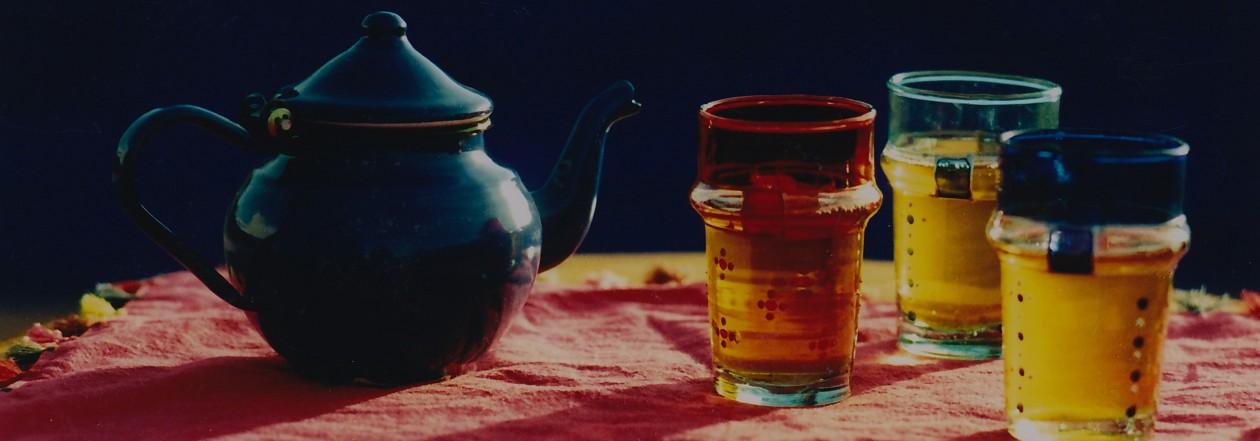And when he [Jesus] drew near and saw the city, he wept over it. – Luke 19:41
Jesus continued going around to all the towns and villages, teaching in their synagogues, preaching the good news of the kingdom, and healing every disease and every sickness. When he saw the crowds, he felt compassion for them, because they were distressed and dejected, like sheep without a shepherd. – Matthew 9:35-36
Unless the Lord builds the house, those who build it labor in vain. Unless the Lord watches over the city, the watchman stays awake in vain. – Psalm 127:1
Thus says the Lord of hosts, the God of Israel, to all the exiles whom I have sent into exile from Jerusalem to Babylon: “Build houses and live in them; plant gardens and eat their produce…But seek the welfare of the city where I have sent you into exile, and pray to the Lord on its behalf, for in its welfare you will find your welfare. – Jeremiah 29:4-5, 7
The shining city we call home is Richmond, Virginia. It is a beautiful, gleaming mix of old and new. A river runs east-west through it, and interstate highways divide it north-south. The divide goes much deeper than the highways cut through neighborhoods decades ago, but these transportation portals speak to that divide.
After the Civil War (during which Richmond was the capital of the Confederate States of America), the African-American community began to thrive here. In fact, Jackson Ward, a Richmond neighborhood still today, was once known as “Black Wall Street” and “the Harlem of the South”. Beautiful homes, large churches, successful businesses, and popular entertainment venues were all part of this thriving neighborhood.
Then “progress” happened. City and state officials determined the design of what is now our vast interstate system. This all-white group of officials made the decision of what would best serve the city and beyond. The highways would be laid down right through Jackson Ward. 1000 homes were lost through the city’s powers of eminent domain.
Roads to Nowhere: How Infrastructure Built Built on American Inequality – Johnny Miller
Recently I saw a TV show, All Rise, that featured an anquished young man, wrongly accused of a felony. While awaiting the jury’s verdict, his public defender sat with him. She asked about why he was studying urban planning. This was the powerful scene that speaks to what happened in our city and others:
“Every shining city is built on something pretty dark.”
The above statement from the scene isn’t always true (especially when I think of Heaven), BUT. God, in His Word, demonstrated both understanding of and love for cities.
The peoples of cities. Peoples like us, and others not like us but loved. Exquisitely, generously loved by God. We are meant to love as He loves. We are blessed to be a blessing to all peoples.
Not just transactional charity…where we give of our goods but not ourselves. Jesus did feed the thousands (transactional) but He also gave all of Himself to all people (transformational). He left that example for us…that transformational model of loving people.
Seek Your City’s Good – John Piper
This past Sunday, our worship team at Movement Church, led us in a song new to me. Spirit Pour Out. It was written by Andy and Rachel Graham out of a worship experience with Urban Doxology, a ministry based in Richmond. Members of Urban Doxology live, work, worship, and serve in the racially diverse (and divided) neighborhoods of Richmond. They bring a message and vision for reconciliation – with God and each other. See the Ted Talk about Urban Doxology here. The YouTube video below shows footage of our city, Richmond, Virginia. It is a call to prayer for cities – for ours and for all cities.
Worship with me.
Spirit pour out and flood this city
Heaven come down and shake the walls
Fill us Lord the world is waiting
Father let your kingdom come
Come restore generations of desolation
Bind up the poor and broken heart
Plant and sow, till and grow what time has ravaged
Break down the walls of race and war
Spirit pour out and flood this city
Heaven come down and shake the walls
Fill us Lord the world is waiting
Father let your kingdom come
God we seek the peace and welfare of our city
Prosper redeem her as your own
That all would see your glory here in greater measure
Through us your church your kingdom come
Spirit pour out and flood this city
Heaven come down and shake the walls
Fill us Lord the world is waiting
Father let your kingdom come
You are the God who builds
You are the one who saves
You are the God who prospers
Evil has no claim
You are the God builds
You are the one who saves
You are the God who prospers
Fervently we pray*
Peter says that Christians are “sojourners and exiles” (1 Peter 2:11) and Paul says “our citizenship is in heaven” (Philippians 3:20). In fact, we will do most good for this world by keeping a steadfast freedom from its beguiling attractions. We will serve our city best by getting our values from “the city that is to come” (Hebrews 13:14). We will do our city most good by calling as many of its citizens as we can to be citizens of “the Jerusalem above” (Galatians 4:26).
So, let’s live — let’s do so much good (1 Peter 2:12) — that the natives will want to meet our King. – John Piper
*Lyrics to Spirit Pour Out – Songwriters: Andy & Rachel Graham
YouTube Video – Spirit Pour Out – Urban Doxology





